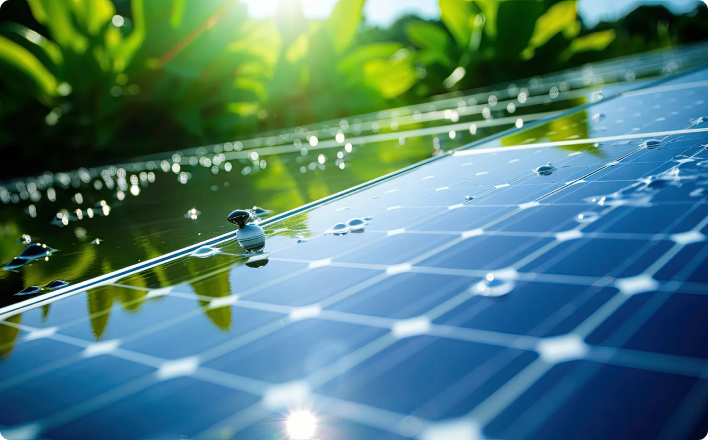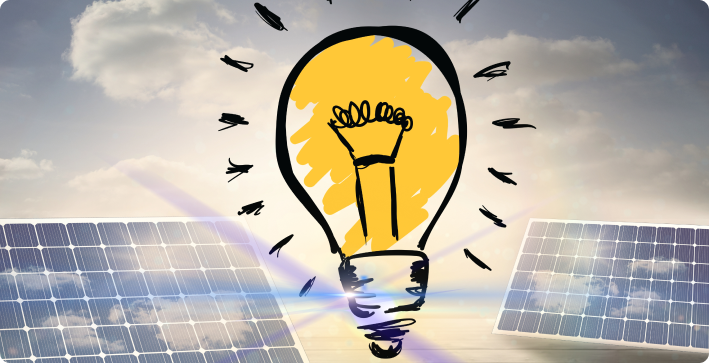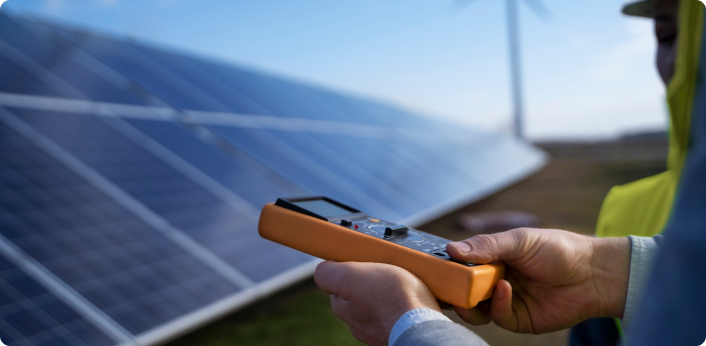Energy Solutions
Effective - Economical - Sustainable
Toan Thanh Energy provides comprehensive energy solutions, meeting the diverse needs of business and households, aiming to save costs, minimize environmental impact, and optimize energy efficiency.
Grid Integration Solutions
Grid integration solutions are vital for ensuring the seamless incorporation of renewable energy sources, such as solar and wind, into existing power grids. These solutions balance energy supply and demand, improve grid stability, and enable the transition toward more sustainable energy systems. This analysis explores the components, market dynamics, challenges, and opportunities associated with grid integration solutions.
Overview of Grid Integration Solutions
- Balancing variable renewable energy inputs with consistent power supply requirements.
- Supporting increasing penetration of renewable energy over time.
- Managing intermittency by storing excess energy during high production periods and releasing it during demand peaks.
- Upgrading aging infrastructure to support distributed energy resources (DERs)

Key Components of Grid Integration Solutions
- Real-time monitoring and control of energy generation and distribution.
- Optimization of grid operations through predictive analytics and AI-driven decision-making.
- Convert renewable energy into grid-compatible electricity.
- Provide grid support functions such as voltage regulation and frequency control.
- Batteries (lithium-ion, flow, etc.) to store surplus energy for later use.
- Pumped hydro or compressed air energy storage for large-scale applications.
- Integration of renewable sources with traditional power generation.
- Automated fault detection and service restoration.
- Encourage end-users to adjust energy consumption during peak periods to stabilize the grid.
- Localized energy systems connected to the main grid, capable of operating independently during outages.
Opportunities in Grid Integration
- Increasing adoption of battery storage systems to address energy intermittency issues.
- Innovations in long-duration storage technologies for enhanced grid reliability.
- AI and machine learning for predictive maintenance, demand forecasting, and real-time optimization.
- IoT devices for enhanced monitoring and control of grid assets.
- Growth of grid-tied and off-grid microgrids to serve remote or underserved areas.
- Enhanced resilience through localized energy systems.
- Electric vehicles (EVs) as both energy consumers and storage assets, contributing to grid flexibility.
- Businesses seeking to meet sustainability goals are investing in on-site renewable systems and grid integration technologies.

Strategic Recommendations
- Focus on developing cost-effective energy storage and smart grid technologies.
- Collaborate with technology providers, utilities, and regulatory bodies to standardize and scale solutions.
- Offer leasing options, power purchase agreements (PPAs), or energy-as-a-service models to reduce upfront costs for clients.
- Implement robust cybersecurity measures to protect digital grid infrastructure.
- Equip grid operators and technicians with the skills needed to manage advanced systems.

Financial and Environmental Impact
- Improved grid efficiency reduces energy losses and operational costs.
- Energy storage solutions lower dependency on expensive peaking power plants.
- Minimizes blackouts and service disruptions through better load management.
- Increased renewable energy penetration significantly lowers greenhouse gas emissions.
- Creation of jobs in the renewable energy, technology, and construction sectors.

Case Studies and Success Stories
- A leader in renewable energy integration, Germany has successfully integrated over 40% renewable energy into its grid through advanced storage and management systems.
- Investments in smart grids and large-scale battery storage have enabled California to handle high levels of solar energy generation.
- Implementation of large-scale solar parks and grid upgrades to manage rapid renewable energy adoption.

Grid integration solutions are critical to the global energy transition, enabling higher renewable energy penetration while ensuring grid stability and efficiency. By addressing challenges such as intermittency, infrastructure limitations, and cybersecurity risks, these solutions unlock significant economic, environmental, and operational benefits. Companies investing in grid integration technologies have the opportunity to play a pivotal role in shaping the future of energy.

